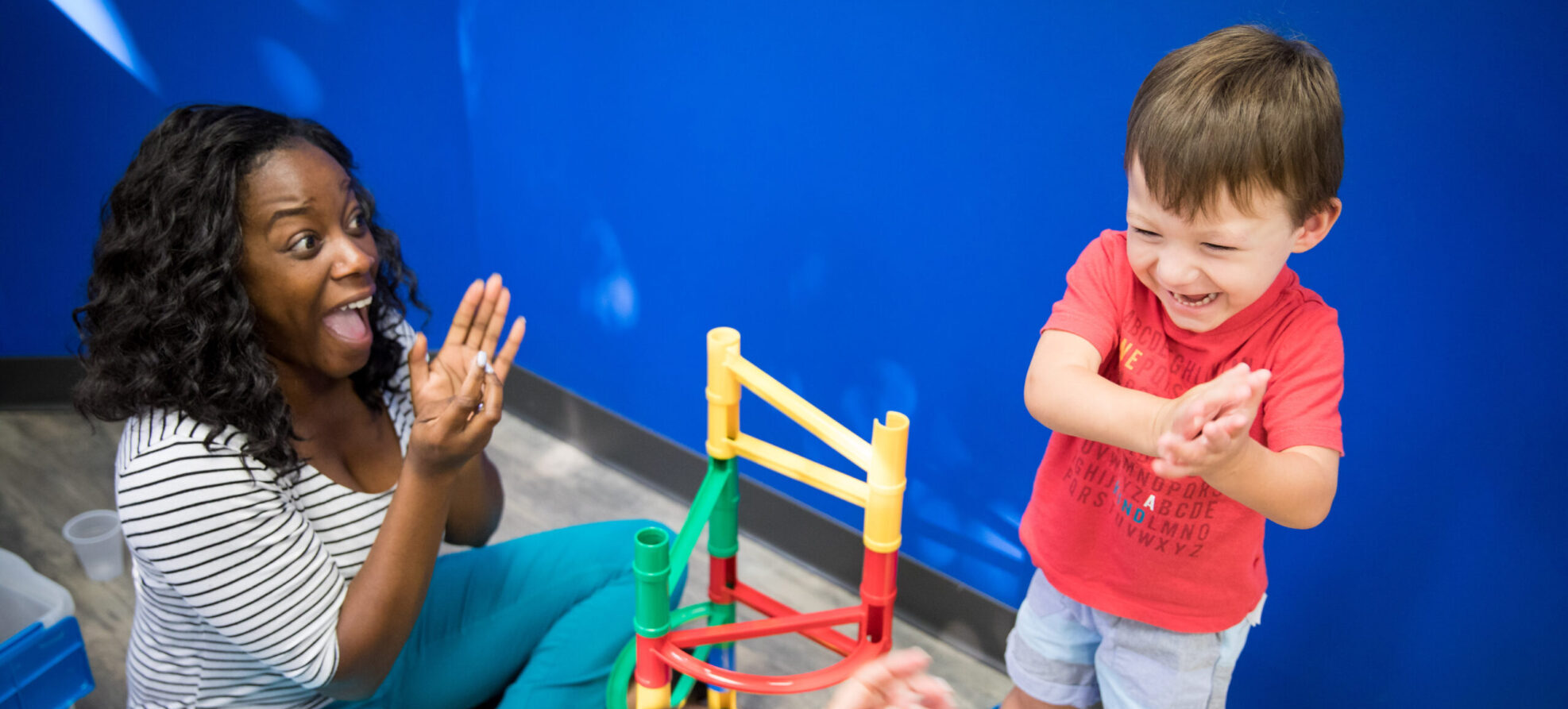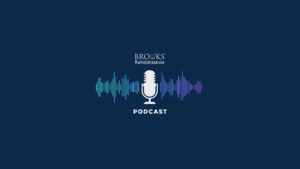Chronic Pediatric Pain

Back to physical health resource hub
When we think of chronic pain we tend to visualize an adult with a history of a traumatic injury, someone with post-surgical pain that never improved, or an unhealthy adult with multiple medical conditions leaving them vulnerable to chronic or persistent pain. Children with chronic pain don’t even make sense. After all, you must have lived so many years to accumulate life experiences and injuries to ‘qualify’ for a chronic pain condition. But that isn’t always the case.
Pediatric chronic pain affects 11% to 38% of youth, with approximately 3% to 5% reporting significant disability. The prevalence of chronic pain increases with age and is more prevalent in the female population. Based on a systematic review, the most prevalent pain conditions that adolescents face are headache (8-83%), abdominal pain (4-53%), back pain (14-24%), and musculoskeletal pain (4-40%).
The U.S. Pain Foundation recently published the 2021 Pediatric Pain Survey where 125 respondents replied to a survey to shed some light on pediatric chronic pain. The most common age range was 16-21 years (49%) followed by 11-15 (39%) and 5-10 (22%). Sixty-two percent identified as female; 89% identified as white while 8% acknowledged either multiracial and 3% were identified as BIPOC (Black, Indigenous, and people of color). Over 80% of the respondents reported the child had experienced pain for greater than half of their life. Average daily pain was rated at 5/10 (on a scale of 0-10).
What conditions cause our children to have such pain? There really are multiple conditions affecting our youth. Sixty-one percent reported having up to five different confirmed diagnoses. The most common include: Ehlers-Danlos Syndrome, headache/migraine, Postural Orthostatic Tachycardia Syndrome, extremity pain, nerve pain and even Fibromyalgia.
Pain is only the tip of the proverbial iceberg as adolescents also then deal with anxiety, depression, sleep disturbance and feeling isolated. Thoughts of self-harm and suicide are not uncommon with 22% reporting thoughts of suicide and 20% acting on those thoughts.
Another factor of chronic pediatric pain is socialization and education. Sixty-one percent reported having to drop out of sports teams; 54% lost friends due to illness and 34% reported being bullied due to their health condition. Nearly half of the respondents stated that their children were unable to attend school due to pain issues. Multiple absences also led to a risk of falling behind in studies, the stress of added make-up work, and family challenges to juggle work and child care.
This only starts to scratch the surface of the impact that the family experiences when a child has chronic pain. The ‘normal’ life of school complete with the plays and sports teams, the summer vacations, the weekend excursions, and even daily chores all fade away in the light of being the caregiver and advocate. Going to the movies is replaced with going to the doctor or therapy. Saving for the vacation turns into budgeting for medications or procedures.
Chronic pain is a life changer. This is clearly demonstrated when considering the impact that chronic pain has on the life of a child and his/her family. Chronic pain truly has the potential to touch everyone. Brooks Rehabilitation is proud to be a resource for adults and children experiencing chronic pain. Brooks offers restorative care with physical and occupational therapy, psychological counseling and intensive inpatient care when needed.
Sources:
- King S, Chambers CT, Huguet A, MacNevin RC, McGrath PJ, Parker L, MacDonald AJ. The epidemiology of chronic pain in children and adolescents revisited: a systematic review. PAIN 2011;152:2729–38.
- Huguet A, Miro J. The severity of chronic pediatric pain: an epidemiological study. J Pain 2008;9:226–36.
- 2021 Pediatric Pain Survey: https://secureservercdn.net/198.71.233.231/d4q.b22.myftpupload.com/wp-content/uploads/2021/06/2021-Pediatric-Pain-Survey-SMALL.pdf?time=1631282044


